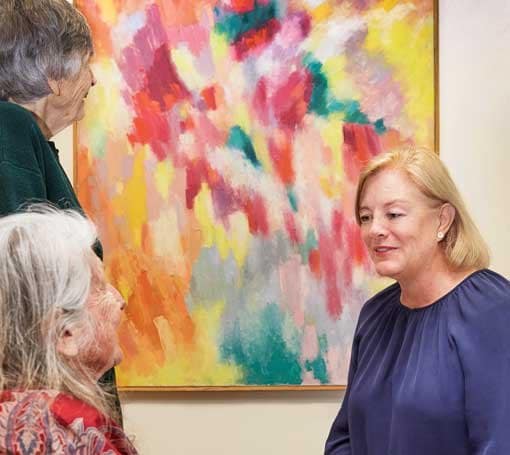What matters most? Artist Dr Gail Kenning writes about the new partnership with PCNSW
“Whether we have a long or short life, what we most wish for others and ourselves, is a good quality of life. Even people living with chronic disease or in end of life care can assess themselves to have a good quality of life. The key to quality of life is in finding out what matters most. If we can have what matters most, when it matters most, then we have quality and meaning in our lives.
“Often knowing what matters most is not simply a case of answering the questions posed. It often requires reflection on circumstances, self-reflection, and space and time. How do we create that space and time to think and reflect? Creative engagement can provide this time for reflection and can facilitate joy and ‘in the moment’ pleasure
“Art Gallery of New South Wales have been operating an access program since 2009 for people living with dementia (a report produced by researchers at University of Technology Sydney is available (Kenning 2016)). This provides the opportunity for people living with dementia and their carers to have a supported viewing of world-class artworks, with trained arts facilitators who can guide people through the experience of looking, listening and talking about art, followed by an art making experience.
“The Art Gallery of New South Wales are now working with Palliative NSW to explore how this experience of arts engagement through viewing and making can be extended to professional care staff, carers and family members and people receiving palliative care. While arts engagement has been carried in the palliative care environment, this will be the first program where trained art guides will select 2-3 art works for viewing, and facilitated discussion about them and the ideas and responses they provoke. The art works will vary in subject matter, style and format and will be used to prompt discussion on a wide range of issues—prompted by the artwork—about what matters most, it will explore issues related to ritual, beliefs, transition, reflection, materiality, and many more.
“As one of the first program of its kind, Art Gallery of New South Wales and Palliative NSW will work with researchers at University of Technology Sydney to evaluate the program from the outset and follow its developments. It will use an action and grounded research approach to build on existing knowledge with regard to arts access programs and arts engagement (Kenning 2016, Kenning and Gullotta 2018) and to develop a series of programs suited to the wide range of stakeholders involved in palliative care.
“Funding is currently being sought to set up the pilot arts access program and evaluation to be able to set up a sustainable program in this much needed area.”
Kenning , Gail. 2016. Arts engagement for people with dementia: Independent evaluation of the art access program. Sydney: University of Technology Sydney and Art Gallery of News South Wales
Kenning, Gail, and Danielle Gullotta. 2018. Arts engagement for Liveable Communities. In NSW Seniors Festival at Art Gallery New South Wales. Art gAllery New SOuth Wales.
About Dr Gail Kenning
As an artist, designer and researcher Gail’s research explores technology in craft and expanded textiles in relation to health, wellbeing, creative ageing and dementia. She is the recipient of funding for research related to craft and wellbeing and is a member of the international collaborative research project HANDS: Helping Assist With New Devices for Seniors. Gail was awarded a PhD from University of New South Wales for her work exploring evolutionary patterns and code in craft-based textile forms. She has exhibited and screened works internationally and nationally, and worked in research and data visualization in industry for over ten years—developing acclaimed commercially available software. Gail was awarded a funded Design Union Research Fellowship at University of Technology Eindhoven for 2015 and will carry out research in relation to implicit memory, ageing and dementia. Read more from Dr Gail Kenning.
Pic credit Art Gallery NSW


